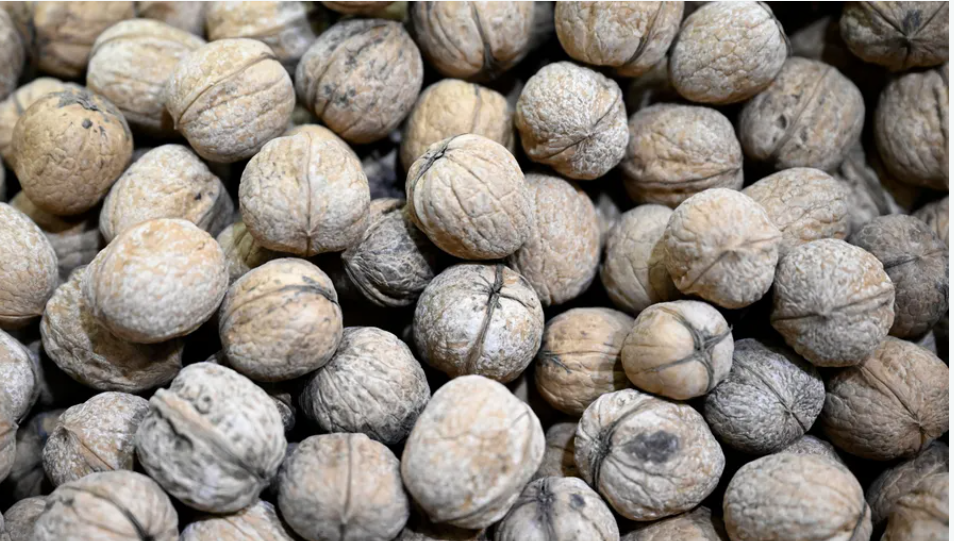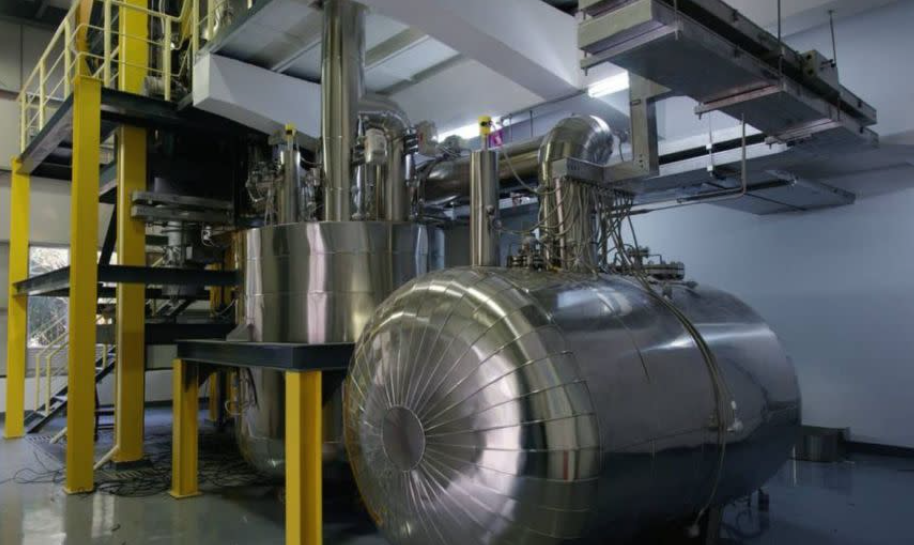Often, a worker will need to change the concentration of a solution by changing the amount of solvent. Dilution is the addition of solvent, which decreases the concentration of the solute in the solution. Concentration is the removal of solvent, which increases the concentration of the solute in the solution. (Do not confuse the two uses of the word concentration here!)
In both dilution and concentration, the amount of solute stays the same. This gives us a way to calculate what the new solution volume must be for the desired concentration of solute. From the definition of molarity,
molarity = moles of solute / liters of solution
we can solve for the number of moles of solute:
moles of solute = (molarity)(liters of solution)
A simpler way of writing this is to use M to represent molarity and V to represent volume. So the equation becomes
moles of solute = MV
Because this quantity does not change before and after the change in concentration, the product MV must be the same before and after the concentration change. Using numbers to represent the initial and final conditions, we have
M1V1 = M2V2
as the dilution equation. The volumes must be expressed in the same units. Note that this equation gives only the initial and final conditions, not the amount of the change. The amount of change is determined by subtraction.
Example 9
If 25.0 mL of a 2.19 M solution are diluted to 72.8 mL, what is the final concentration?
Solution
It does not matter which set of conditions is labelled 1 or 2, as long as the conditions are paired together properly. Using the dilution equation, we have
(2.19 M)(25.0 mL) = M2(72.8 mL)
Solving for the second concentration (noting that the milliliter units cancel),
M2 = 0.752 M
The concentration of the solution has decreased. In going from 25.0 mL to 72.8 mL, 72.8 − 25.0 = 47.8 mL of solvent must be added.
Test Yourself
A 0.885 M solution of KBr whose initial volume is 76.5 mL has more water added until its concentration is 0.500 M. What is the new volume of the solution?
Answer
135.4 mL
Concentrating solutions involves removing solvent. Usually this is done by evapourating or boiling, assuming that the heat of boiling does not affect the solute. The dilution equation is used in these circumstances as well.
















